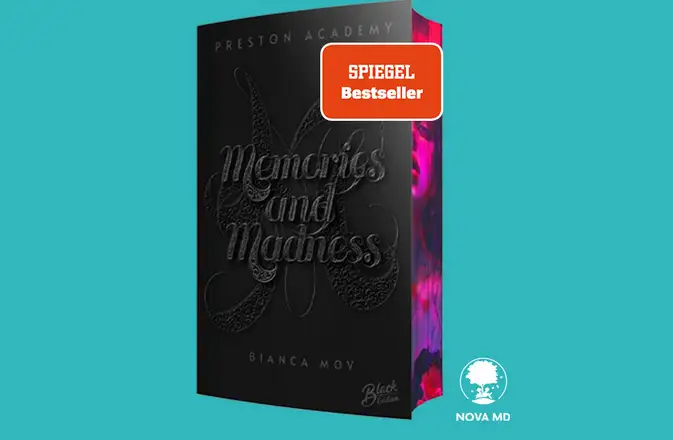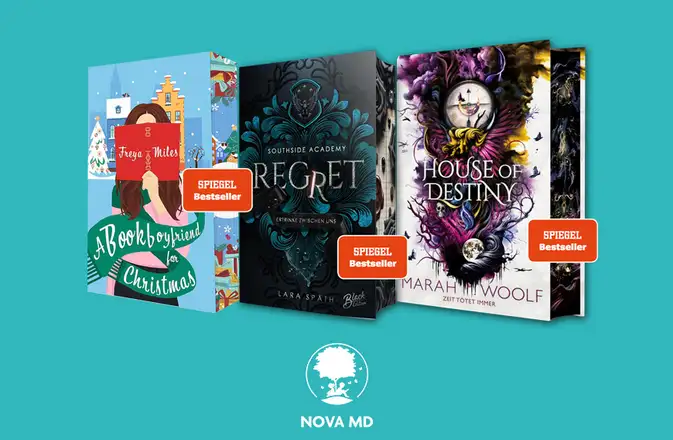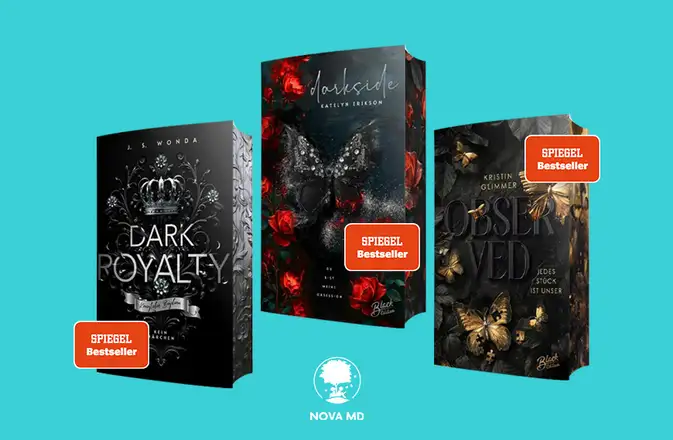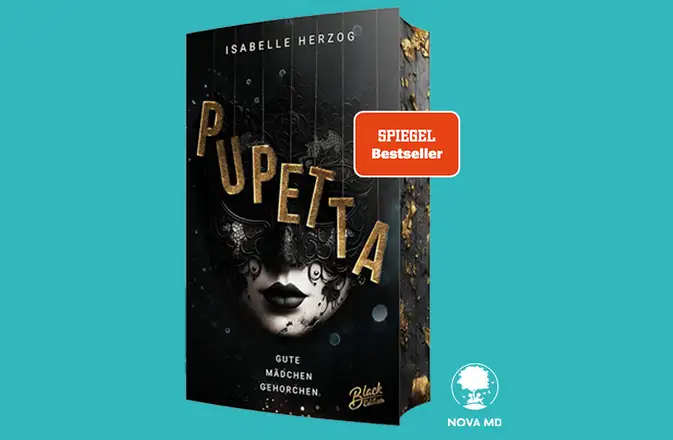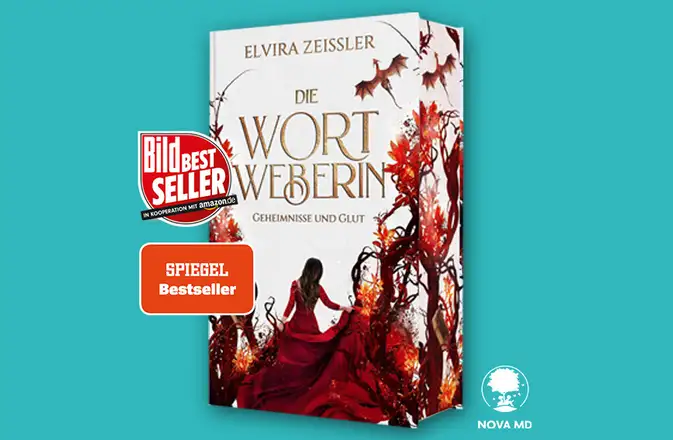Ways of creating suspense in writing
Suspense arouses the reader's curiosity about the answers to open questions in the course of the plot. It makes it impossible to put the book down because you want to know how the events will be resolved.
Different types of suspense can be used to evoke this feeling:
- Anticipatory suspense
Readers know more than the protagonists and are excited to see whether an expected situation will occur. For example, people walk through an abandoned house while danger lurks on the upper floor. This technique is often used in thrillers or horror novels.
Writing tips for you
Let your audience find out important information before the main character. Use short, urgent sentences. This makes the time remaining until the catastrophe is revealed and the associated pressure palpable.
- Suspense of curiosity
Readers know the riddle, but not the answer. The story's connections are only revealed over time, forcing a person to read on. This type of suspense works particularly well in crime and mystery novels, as information is deliberately withheld. The answers to the following questions can be answered, after which the pieces of the puzzle fall into place over time:
What secret is she trying to uncover?
Why is he drawn to this place?
What drives them both and what are they hiding?
Writing tips for you
Don't reveal all the answers at once. Instead, scatter seemingly contradictory clues and let the readers develop their own theories. By purposefully building suspense, you keep readers interested - the longer they have to puzzle, the stronger the pull in your story.
3. conflict-driven suspense:
This type of tension arises when characters have different goals, values or moral boundaries. They not only stand in each other's way, but also struggle with their own convictions. This type of tension is mainly used in dramas and thrillers.
Writing tips for you
Don't just have your characters fight against external influences, but also against each other. Conflict is a key means of creating tension - especially when characters have to deal with contradictory beliefs.
Tension creates emotional attachment. It can be created by external circumstances for your novel characters such as obstacles (e.g. a race against time, a murder case) as well as internal tensions (e.g. a moral dilemma or conflicting feelings).
Targeted use of character development
Suspense is not only created by external obstacles, but also by profound characters who emotionally engage readers. In order to get excited, readers not only need to know what the main character wants to achieve - they also need to be able to understand their inner conflicts and doubts.
- Multi-layered characters captivate the reader
Perfect is boring. More interesting are characters who make mistakes, struggle with inner contradictions and develop over the course of the story. Their weaknesses and fears make them tangible - and their successes all the more captivating. - Antagonists as the driving force of conflict
Strong antagonists make the story dynamic. They should not merely serve as an obstacle, but have their own goals and convictions. By skillfully staging conflicts, you can build tension and draw readers deeper into the story. - Create conflict through interpersonal tensions
Not only enmities, but also friendships and conflicts of loyalty contribute to tension. What happens when an ally suddenly pursues their own plans? Or when the main character is faced with a decision that puts their relationships to the test?
Strong, credible character development ensures that readers empathize and suffer. The more concretely and vividly the main character's heartfelt desire is portrayed, the easier it is to understand this longing. A clear goal and strong motives to overcome obstacles create a deeper connection. Emotions such as restlessness, anticipation and thrills are created through a targeted choice of words and pictorial descriptions.
Visual language increases immersion
Visual language makes the tension tangible for readers instead of merely naming it and uses sensory impressions to create a corresponding atmosphere. Describing sensory impressions such as sounds, smells and haptics can create a deeper immersion. "A house in the countryside", for example, is less visual than "a cottage in the rolling Scottish countryside" - or "a cottage with a herb garden and sea views, in an idyllic, hilly landscape on the Scottish coast".
Targeted choice of words for exciting stories
The technique of targeted word choice can be used to create suspense in a story and make readers sink deeper into the scene. For example, by using something or someone that prevents the main character from achieving a goal:
"He reached out for the door - just one more step and he would be safe. But suddenly a cold, invisible grip tightened around his wrist, holding him back with unyielding strength."
Contradictions and obstacles as an arc of suspense
A captivating story is not only created by the protagonist's set goal and the obstacles that arise, but rather by the way in which it is told. Suspense unfolds in the visually described moments of uncertainty and in situations characterized by conflict. Use expectations, riddles and contrasts to captivate your readers. Because in the end, it's not just the plot that keeps them on the edge of their seats - it's the way you make it tangible through exciting writing.
Timing when writing suspenseful stories
Another key to suspense is timing. Use turning points and surprises skillfully. An unexpected plot twist can change the whole perspective of the story and arouse curiosity. Make sure that conflicts are not resolved too early so that your audience is kept in suspense until the very last page.
Dialogue as a stylistic device in writing
The use of dialog is also an effective way to illustrate the dynamics between the characters. Well-written conversations can not only convey information, but also convey emotion and heighten tension. Bring the characters' words to life by considering their individual voices and styles.
Conclusion
Ultimately, the atmosphere you create is crucial. Whether dark and mysterious or bright and hopeful, the mood of your story will affect how readers feel and how they react to events. Use descriptions to create images in the reader's mind and play with sensory impressions to make the scenes tangible.
By masterfully combining all these elements, you will create a story that not only entertains, but also touches and makes you think. This will turn your work into an unforgettable reading experience.


